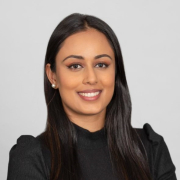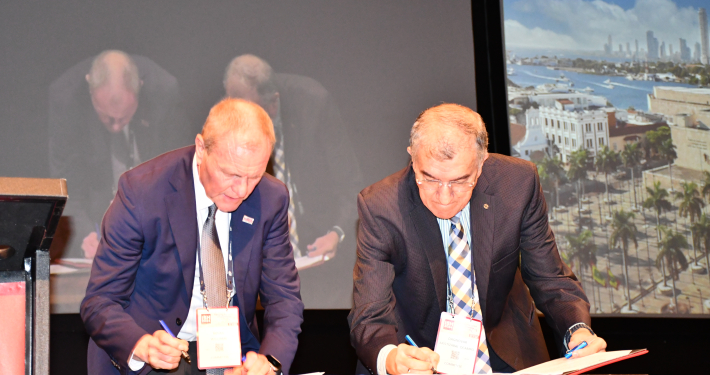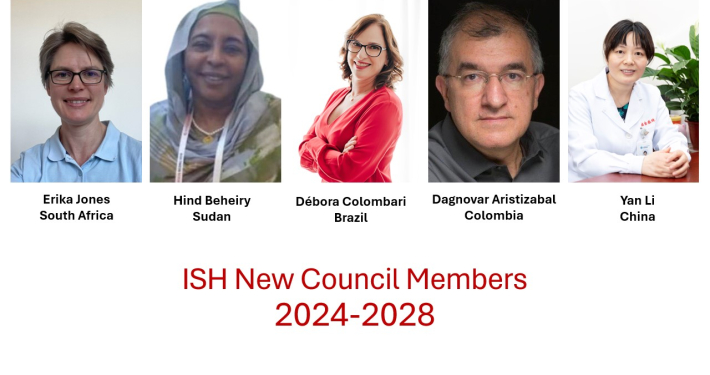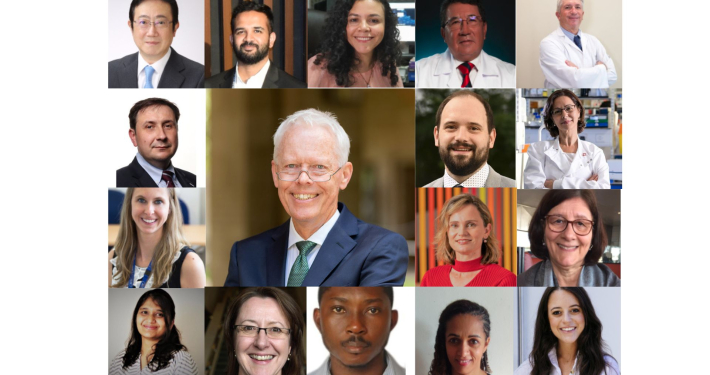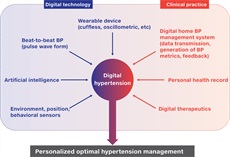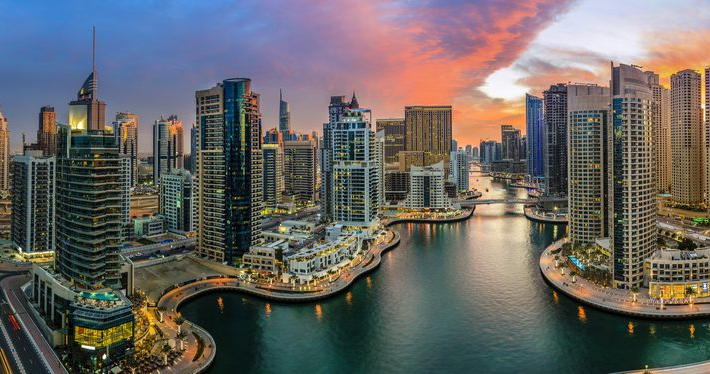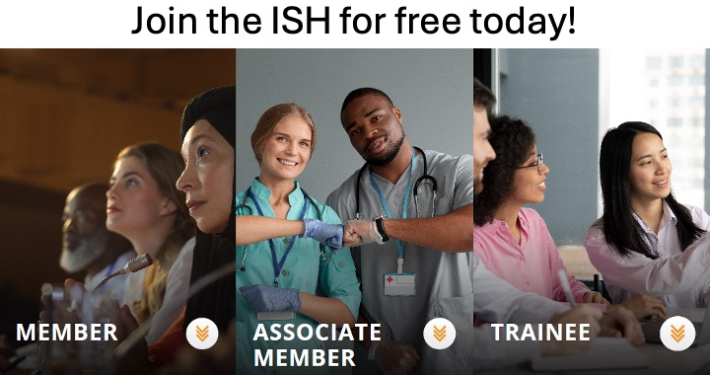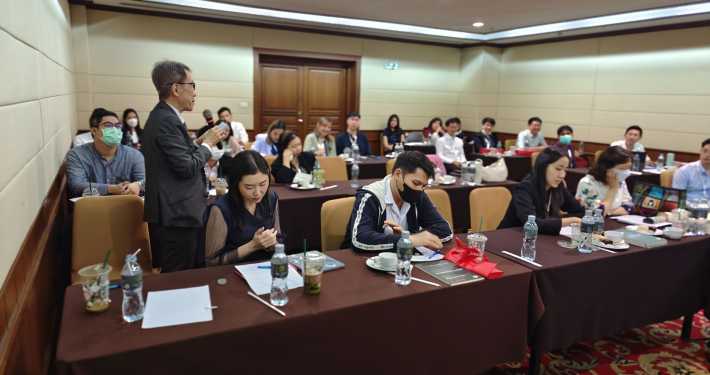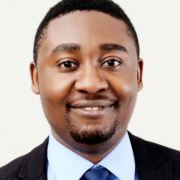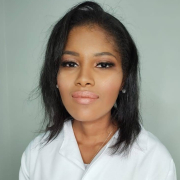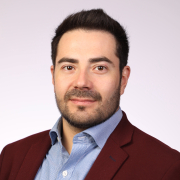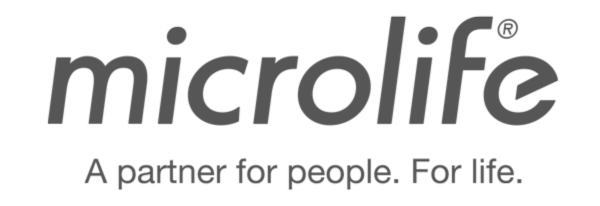How did you become interested in research relating to Hypertension?
I worked for a year on the data collection of one of the largest ongoing prospective health studies in Quebec (a province of Canada). While working with participants in this population based cohort (CARTaGENE), I realized that a lot of them suffer from a sort of cardiovascular disease. It was remarkable how the prevalence of hypertension was high in Canada ten years ago and still is today. This experience pushed me further to pursue research on hypertension.
Describe your research & the program/lab (info of your supervisor) that you are in?
The main focus of my research is to unveil the relation between two age-related diseases, hypertension and osteoporosis. We are currently doing studies on both humans and animal models. Usually, hypertension is associated with abnormal calcium metabolism, including an increase in calcium excretion for a given sodium intake. We previously showed that hypertension is a form of accelerated ageing characterized by accelerated cellular turnover and faster shortening of telomere length in genetically hypertensive rats. In our animal model we use genetically well-defined rats (recombinant inbreds) that display spontaneous hypertension; we follow them for a duration of one year. By the use of a MicroCT we study the micro-architecture of their bone which permits us to evaluate the development of osteoporosis with ageing. In parallel, in humans we are studying the prevalence and the association of hypertension and osteoporosis in the population based cohort (CARTaGENE).
What do you consider to be your substantial scientific contribution so far (provide Pubmed PMID if possible)?
My substantial scientific contribution so far is the paper that will be submitted shortly to The Lancet, where we are publishing our data on CARTaGENE unveiling the relation between hypertension and osteoporosis.
What is your favourite manuscript from a lab other than your own (provide Pubmed PMID if possible)?
My current favourite manuscript is: “Selection of Women Aged 50-64Yr for Bone Density Measurement” by Leslie WD et al. It was published in the Journal of clinical densitometry : the official journal of the International Society for Clinical Densitometry. 2013. PMID: 23452870
What facilities are essential for your research?
For the human project SAS program (a statistical program), a powerful computer and the population cohort are essential for this study.
For the animal model study radiotelemtry (for blood pressure monitoring), MicroCT (for bone scanning), metabolic cages (for sodium excretion measurements) are important to successfully complete this project.
Where do your research strengths lie? Why? What are your research weaknesses? How will you improve?
Running two projects at the same time and multitask is one of my research strength.
Considering the fact that I am still at the beginning of my research career, more techniques are to be learned and new horizons in this domain are to be explored.
Describe your unforgettable (proudest) moment in science, and the most challenging situation that you have had to overcome (lessons learnt) so far?
My unforgettable moment in science is my nomination as a finalist for the Austin Doyle Award at the ISH 2012 (Sydney, Australia). The most challenging situation was to learn a how to use the MicroCT, where I had to go to Europe to master this technique.
At which conference did you first present? How was your experience?
My first presentation was at the Osteoarthritis Research Society International. It was a very enlightening experience (the first International research conference that I attended).
What upcoming conferences will you be attending, and what is the furthest distance that you have traveled for a conference?
My upcoming conference is the Canadian Hypertension Congress that will be held in Montreal. The furthest that I had travelled for a conference is: Sydney, Australia to attend the ISH 2012.
How did you learn about ISH/NIN and its activities?
I learned about the ISH through the Canadian Hypertension Congress and the NIN through the ISH.
What area(s) do you wish to specialize in the future?
I would like to extend my education and get my medical degree. This will open new horizons and will enable me to take my research to a clinical level.
Who is your role model in Science? Why?
I wouldn’t define it as a role model but I would say more an inspiration and an aspiration. That person would be my supervisor (Dr. Pavel Hamet), considering his success, ambition and passion towards scienceHow did you become interested in research relating to Hypertension?
What are your scientific goals? Advise for talented emerging scientists?
My scientific goal is to translate all the fundamental research that we are doing to the clinic, therefore reducing the health burden on the society. My advice to emerging scientists is to love what you are doing, be strong and be patient most importantly for those are fine recipes for reaching your goals.
